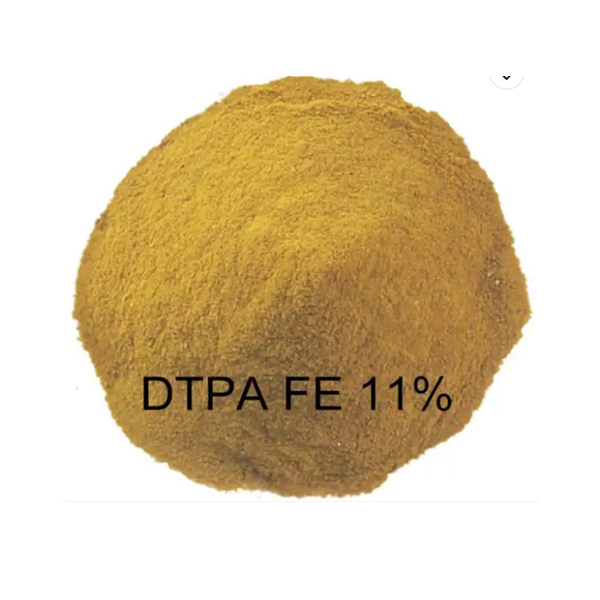
News
נוב . 20, 2024 21:00 Back to list
chelating agent water softening
The Role of Chelating Agents in Water Softening
Water hardness is a common issue encountered in many households and industries. It primarily arises from the presence of dissolved minerals, mainly calcium (Ca²⁺) and magnesium (Mg²⁺) ions. Hard water can lead to various problems, including scale buildup in pipes and appliances, reduced efficiency in soap and detergent usage, and even skin irritation during bathing. One of the effective solutions to this problem is the use of chelating agents in water softening processes.
What are Chelating Agents?
Chelating agents are organic compounds that can form stable complexes with metal ions. The term chelate comes from the Greek word chēlē, meaning claw, as these agents claw onto the metal ions, effectively trapping them. Common examples of chelating agents include ethylenediaminetetraacetic acid (EDTA), citric acid, and nitrilotriacetic acid (NTA). These compounds have multiple binding sites, allowing them to attach to metal ions in a way that prevents them from participating in unwanted reactions.
Mechanism of Action in Water Softening
The primary function of chelating agents in water softening is to bind the calcium and magnesium ions in hard water, preventing them from forming insoluble salts, which can lead to scale formation. When a chelating agent is added to hard water, it effectively sequesters the metal ions, turning them into soluble complexes that can be easily removed or flushed away. This action not only helps in reducing the hardness but also enhances the effectiveness of detergents, making them work more efficiently.
For example, when using EDTA, the chelating agent forms a stable complex with Ca²⁺ and Mg²⁺ ions. This stable complex can remain dissolved in water, preventing the calcium and magnesium from precipitating out as calcium carbonate (CaCO₃) or magnesium hydroxide (Mg(OH)₂), which are responsible for scale formation. As a result, the water feels softer, soap lathers more readily, and less residue is left behind during washing processes.
Applications and Benefits
Chelating agents are widely used in various applications for water softening, ranging from household products like laundry detergents and dishwashing liquids to industrial processes such as water treatment in power plants and cooling towers. Utilizing chelating agents presents several benefits
chelating agent water softening

2. Scale Prevention In industrial settings, chelation helps prevent scale buildup in pipes and machinery, thus prolonging the lifespan of equipment and reducing maintenance costs.
3. Environmental Considerations Many chelating agents, such as citric acid, are biodegradable and environmentally friendly alternatives to traditional water softening methods that may rely on sodium ions or other harsher chemicals.
4. Versatility Chelating agents can be formulated into liquid, powder, or solid forms, making them suitable for various applications in residential, commercial, and industrial settings.
Challenges and Considerations
Despite their advantages, there are challenges associated with the use of chelating agents. Some chelators may bind to essential trace metals such as iron or manganese, potentially depleting these nutrients in water systems. Over-reliance on synthetic chelating agents can also pose environmental concerns if not managed appropriately. As a result, researchers are continually exploring more sustainable and efficient alternatives that can achieve similar results without compromising ecological balance.
Conclusion
In summary, chelating agents play a crucial role in water softening processes by effectively binding to hardness-causing minerals. Their ability to form stable complexes not only alleviates the problems associated with hard water but also enhances the effectiveness of cleaning products. As awareness of water quality and environmental impact grows, the use of chelating agents will likely continue to evolve, leading to even more effective and sustainable solutions for managing water hardness.
-
Polyaspartic Acid Salts in Agricultural Fertilizers: A Sustainable Solution
NewsJul.21,2025
-
OEM Chelating Agent Preservative Supplier & Manufacturer High-Quality Customized Solutions
NewsJul.08,2025
-
OEM Potassium Chelating Agent Manufacturer - Custom Potassium Oxalate & Citrate Solutions
NewsJul.08,2025
-
OEM Pentasodium DTPA Chelating Agent Supplier & Manufacturer High Purity & Cost-Effective Solutions
NewsJul.08,2025
-
High-Efficiency Chelated Trace Elements Fertilizer Bulk Supplier & Manufacturer Quotes
NewsJul.07,2025
-
High Quality K Formation for a Chelating Agent – Reliable Manufacturer & Supplier
NewsJul.07,2025
